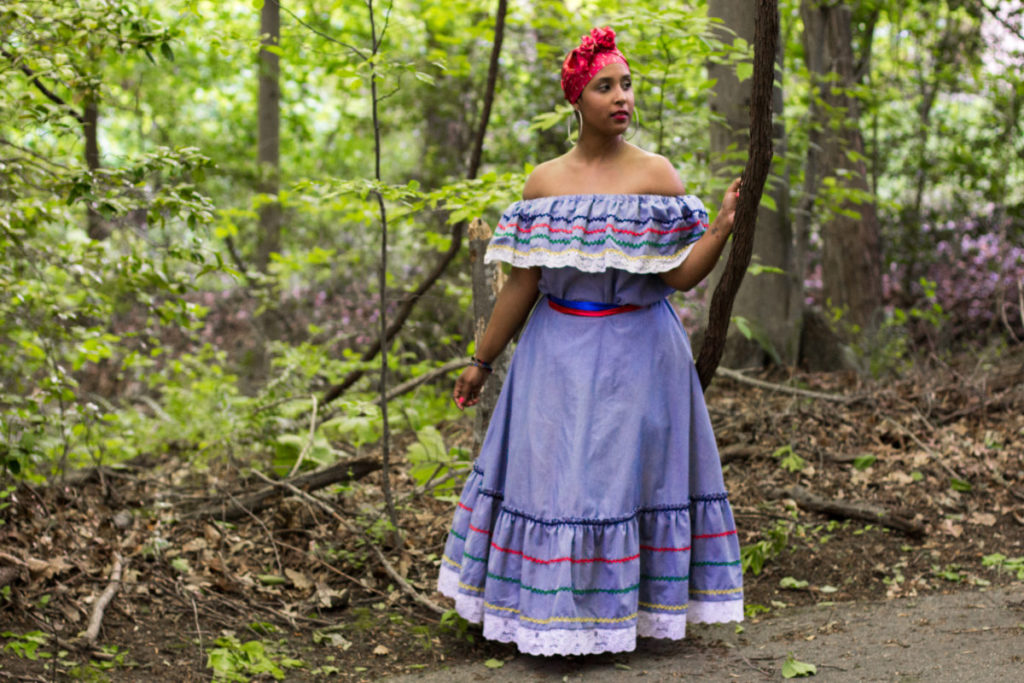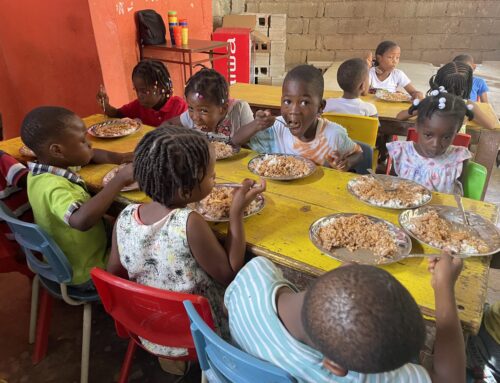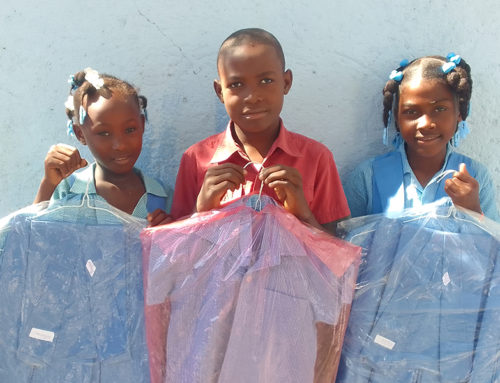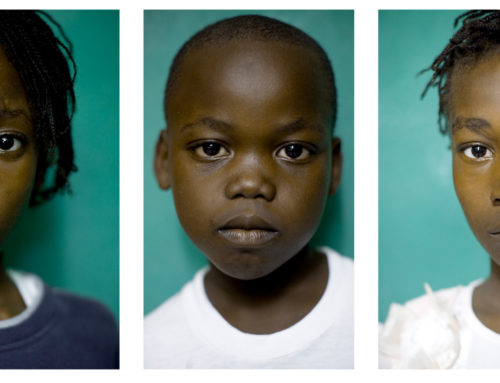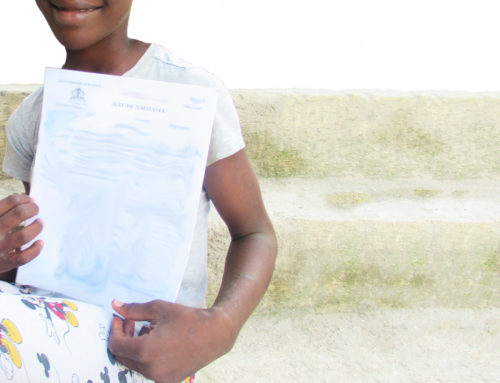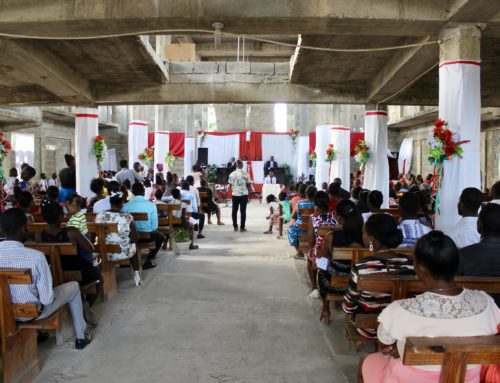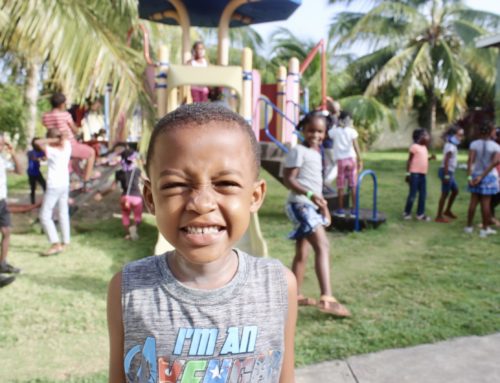Many countries have an authentic and signature style of dress that reflects their culture, and the nation of Haiti is no exception. Although the traditional dress and textiles of Haiti are also resonated in the other Islands of the Caribbean, Haiti has a unique style all of its own. Here at Restavek Freedom, we have a deep appreciation for the culture and country of Haiti and want to share their unique perspective on food, dress, and life. Read on to learn more about traditional Haitian dress as well as how you can support the children of Haiti, allowing them to grow in their national pride and potential.
The Quadrille or Karabela Dress
The traditional dress of the women of Haiti is known as the Quadrille or Karabela dress. This dress is almost always made of an off-the-shoulder top or bodice with a full, matching skirt. Haitians favor using fabrics in various shades of reds and blue as is traditional for their culture. Despite the warm climate of the islands, the Quadrille is generally made from sturdier fabrics and is often embellished with additional ruffles, lace, or ric rac to add color and visual interest.
Headwear
You may notice that women in Haiti often wear headscarves or turbans for both dress and everyday life, especially in rural areas. This is a part of the traditional dress of the island and you may find that the more elaborate the dress, the fancier and more layered the headwrap.
Men’s Traditional Dress
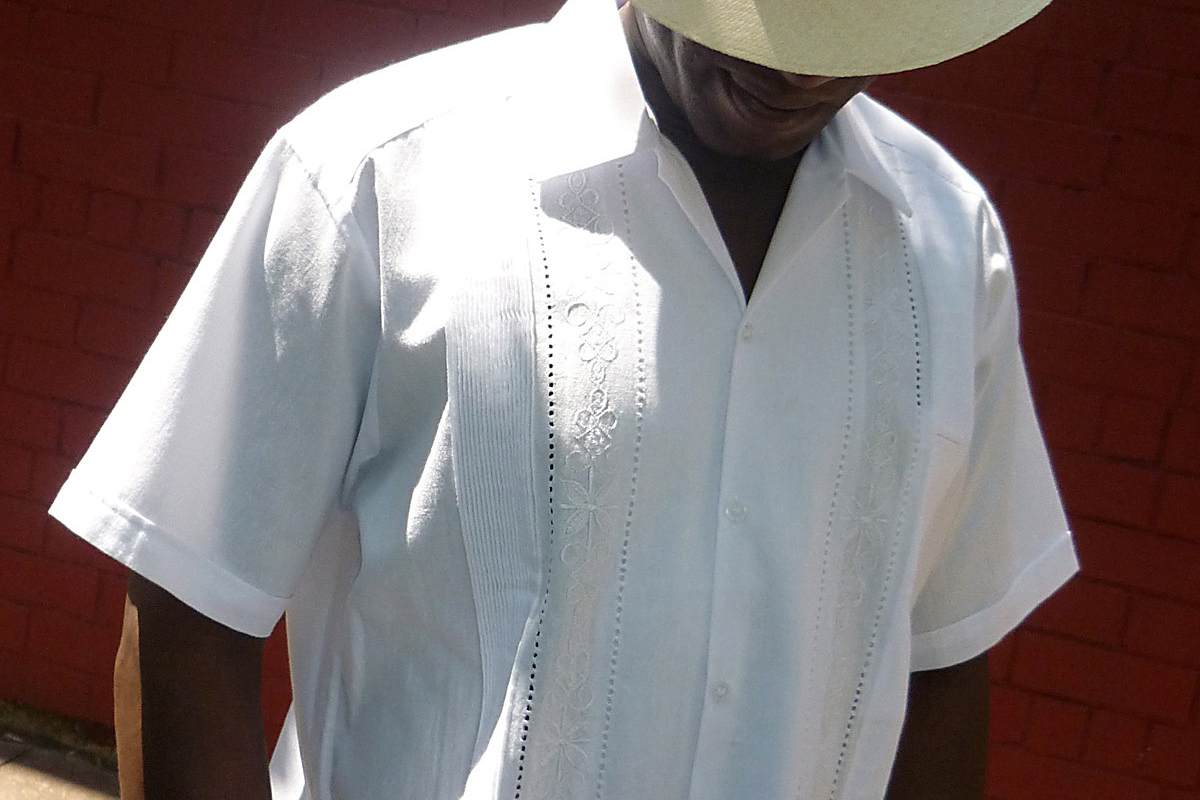
In cultural dances and for show, Haitian men will often wear a jacket and pants that correspond with their female dancing partners. Haitian dress shirts are known as a guayabera, or “wedding shirt,” and are often constructed from lightweight fabrics such as linen or cotton. These shirts are often made with two closely-sewn pleats running vertically up each side of the shirt, which is typically worn untucked.
Modern Dress
Although traditional dress is still seen to celebrate national heritage, modern Haitians often prefer to imitate Western or European styles such as shorts and T-shirts. It is acceptable for women to wear pants, although many women still opt for skirts and dresses.
Learn More About Restavek Freedom
Restavek Freedom is a child advocacy organization located on the ground in Haiti that is working to end child slavery in our lifetime. We specifically intervene on behalf of children caught in the restavek system, children who reside in the homes of families in the city for the purpose of their labor. The Restavek Freedom team works alongside government officials and local organizations, offering education on children’s rights. We identify children in need and ensure the families they are living with are providing them with proper food, education, and adequate support.
Get Involved to Help Children in Need
There are several ways that you can get involved to support the children of Haiti. Restavek Freedom offers unique fundraising ideas that will allow you to not only raise money for Haitian children, but educate your community or nonprofit on the plight of child slaves and trafficked children. We also offer educational programs for kids and families to instill charity and generosity in the hearts of the next generation. Our child sponsorship programs allow you to support a specific child and ensure that they are provided with love, nutrition, and education. Click here to learn more about our mission for Haitian children and start supporting the children of this beautiful country so they can carry these traditions into the future.


